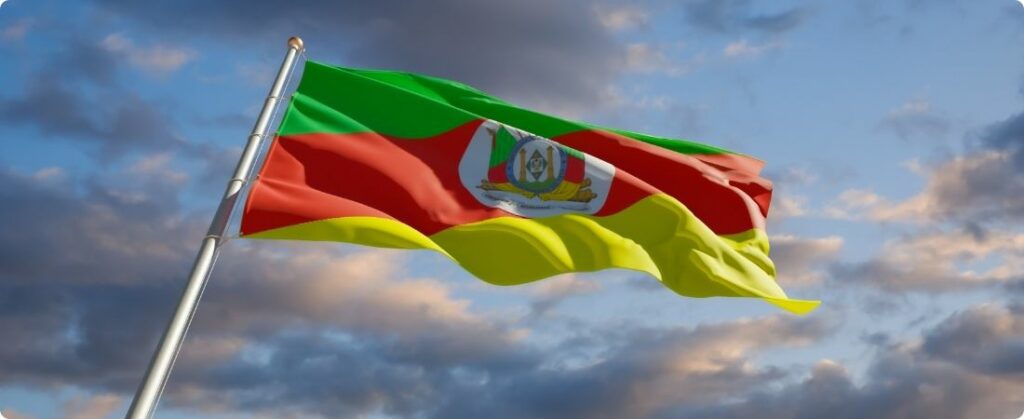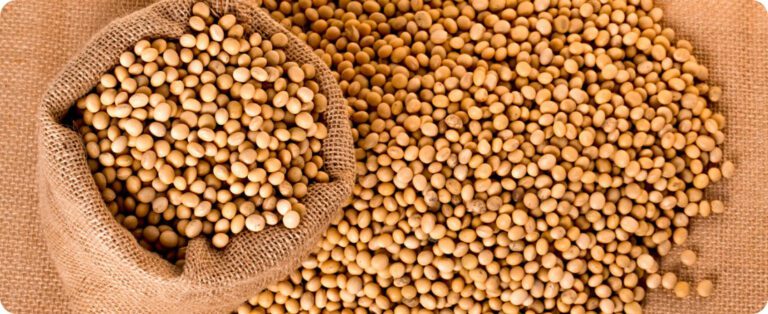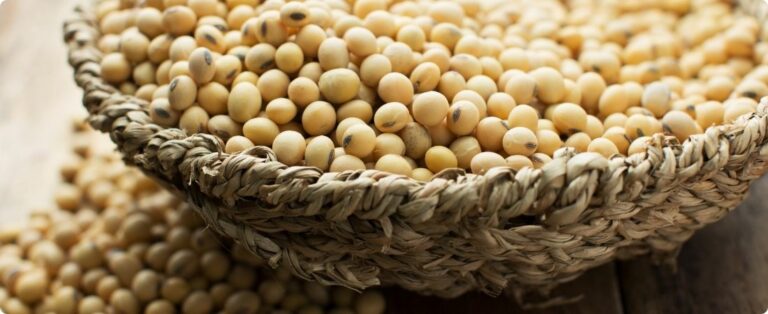
The state government described the floods that hit Rio Grande do Sul between late April and early May 2024 as “the greatest climate catastrophe” in the state’s history. In just a few days, rainfall volumes ranged from 300 to 700 mm, affecting more than 60% of the state’s territory. Furthermore, the damage goes beyond infrastructure, as agriculture was severely impacted, resulting in significant losses in crops. soy, rice, wheat and corn.
In an interview with Portal Agrolink, Professor Michael Mazurana, from the Federal University of Rio Grande do Sul (UFRGS), explained that intense and concentrated rainfall in short periods has worsened water erosion. “The soil cannot absorb water quickly, which generates floods and soil loss,” he commented. This erosion directly affects agricultural productivity, especially in areas that depend on inadequate or simplified management practices.
Sustainable practices and impacts of terracing abandonment
Mazurana points out that, over the years, many producers have abandoned practices such as terracing, which are essential for controlling surface water runoff, which has contributed to increased damage. “In recent climate events, it has become clear that abandoning terracing has increased losses,” he said. On properties that still maintain these practices, losses have been lower, demonstrating the effectiveness of these techniques in retaining water and preserving the soil.
Flood damage
According to data from the Hydraulic Research Institute (IPH) at UFRGS, the rains of May 2024 displaced more than 14 trillion liters of water into Lake Guaíba, in Porto Alegre. This volume is equivalent to almost half the capacity of the Itaipu Hydroelectric Power Plant reservoir. On May 5, Guaíba reached the 5.37 meter mark, surpassing historic floods, such as those of 1941 and 2023. Porto Alegre accumulated 540 mm of rain in the month, breaking historical precipitation records.
Economic impact and soil damage
The damage to the fields was not limited to the loss of crops that had already been planted or harvested. Mazurana explains that water erosion severely affected the soil structure, washing away amendments and fertilizers that are essential for future productivity. “The recovery of these soils will be slow. In some cases, it may take years for the soil to return to productive conditions,” he said.
Mazurana also explains that soil recovery involves several stages, from analysis of deposited sediments to chemical and mechanical corrections. “It is necessary to assess whether the area was washed or received large amounts of sediment and, based on this, apply corrections with fertilizers or through physical restructuring,” he explained. He also highlighted that the areas most affected were those that abandoned conservation practices, such as terracing. A Technical Note prepared by UFRGS and MapBiomas reinforces these points, indicating that 5.6% of the state’s territory was directly affected. In municipalities such as Nova Santa Rita and Esteio, more than 50% of the territory suffered major losses of vegetation cover and damage to agricultural infrastructure.
Flood disasters
As of August, the government had confirmed 183 deaths and counted more than 2.4 million people affected. In 478 municipalities in Rio Grande do Sul, authorities recorded floods, landslides and roadblocks. The National Confederation of Municipalities (CNM) estimated economic losses at R$4.6 billion, while the National Confederation of Insurers (CNseg) classified the event as the largest insurance loss in Brazil, with more than R$1.6 billion in claims.
Mitigation measures and the future of agriculture
Mazurana concludes that, therefore, to mitigate future disasters, it is essential that rural producers adopt sustainable soil management practices. After all, “if we do not act now, the damage in the coming decades will be even greater,” he warned. In addition, techniques such as direct planting, crop rotation and terracing are crucial to ensuring the resilience of agriculture in the face of climate change.
Source: Aline Merladete | agrolink















